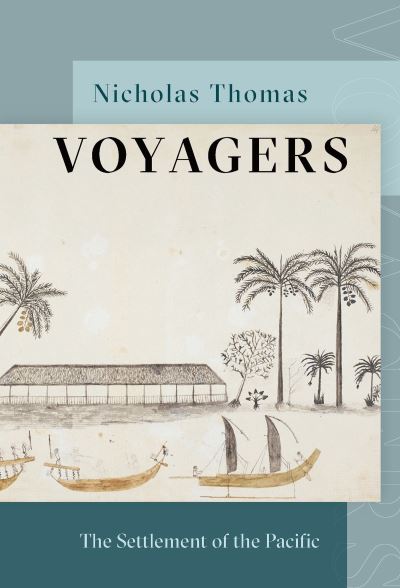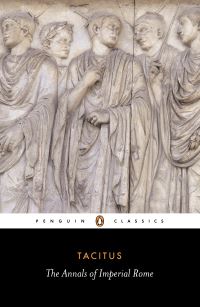Description
From an award-winning scholar, the extraordinary sixty-thousand-year history of how the Pacific islands were settled.
Thousands of islands, inhabited by a multitude of different peoples, are scattered across the vastness of the Pacific. The first European explorers to visit Oceania, from the sixteenth century on, were astounded and perplexed to find populations thriving so many miles from the nearest continents. Who were these people? Where did they come from? And how were they able to reach islands dispersed over such immense tracts of ocean?
In Voyagers, the distinguished anthropologist Nicholas Thomas charts the course of the seaborne migrations that populated the islands between Asia and the Americas. From the third millennium BC, the Philippines, Indonesia, Micronesia and Melanesia were settled by Austronesian peoples of the western Pacific littoral. Later movements of Polynesian peoples took them even further afield, as far as Fiji, Samoa, Tonga, Tahiti, the Marquesas, Easter Island and – eventually – New Zealand, up to AD 1250.
Drawing on the latest research, including insights gained from linguistics, archaeology, and the re-enactment of voyages, Thomas provides a dazzling account of these long-distance migrations, the sea-going technologies that enabled them, and the societies that they left in their wake.




